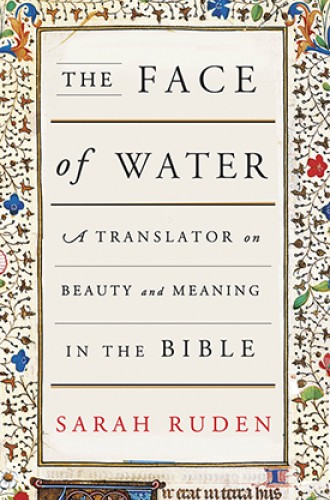A feast of scriptural language
Sarah Ruden writes some of the most sumptuous words about Bible words I’ve ever read.
It’s a pleasant shock to come upon a book that invites us simply to luxuriate in biblical texts. Sarah Ruden’s new book is a savory feast that I didn’t want to end. There is no call to action here; just a deep reveling in the words of scripture that we know more thinly than we’d like.
Ruden is curiously qualified to take us on a fresh journey into the biblical text. A Harvard-trained philologist who teaches at Brown, she has published translations of Aeschylus, Aristophanes, the Aeneid, and Augustine. She acknowledges that the Bible is a tough book to get acquainted with: even for those who know it well, “it seems to need professional help.”
Ruden’s translations deftly capture the rhythms and emphases of the original language. Her version of the Lord’s prayer begins: “Father, our father in the heavens above, Spoken in holiness must be your name.” From John’s prologue: “And the idea became a body, flesh and blood, and pitched a tent and sojourned among us, and we saw his splendor.” And from the Beatitudes: “Happy are those starving and parched for justice, because they will feast to the fullest.”






